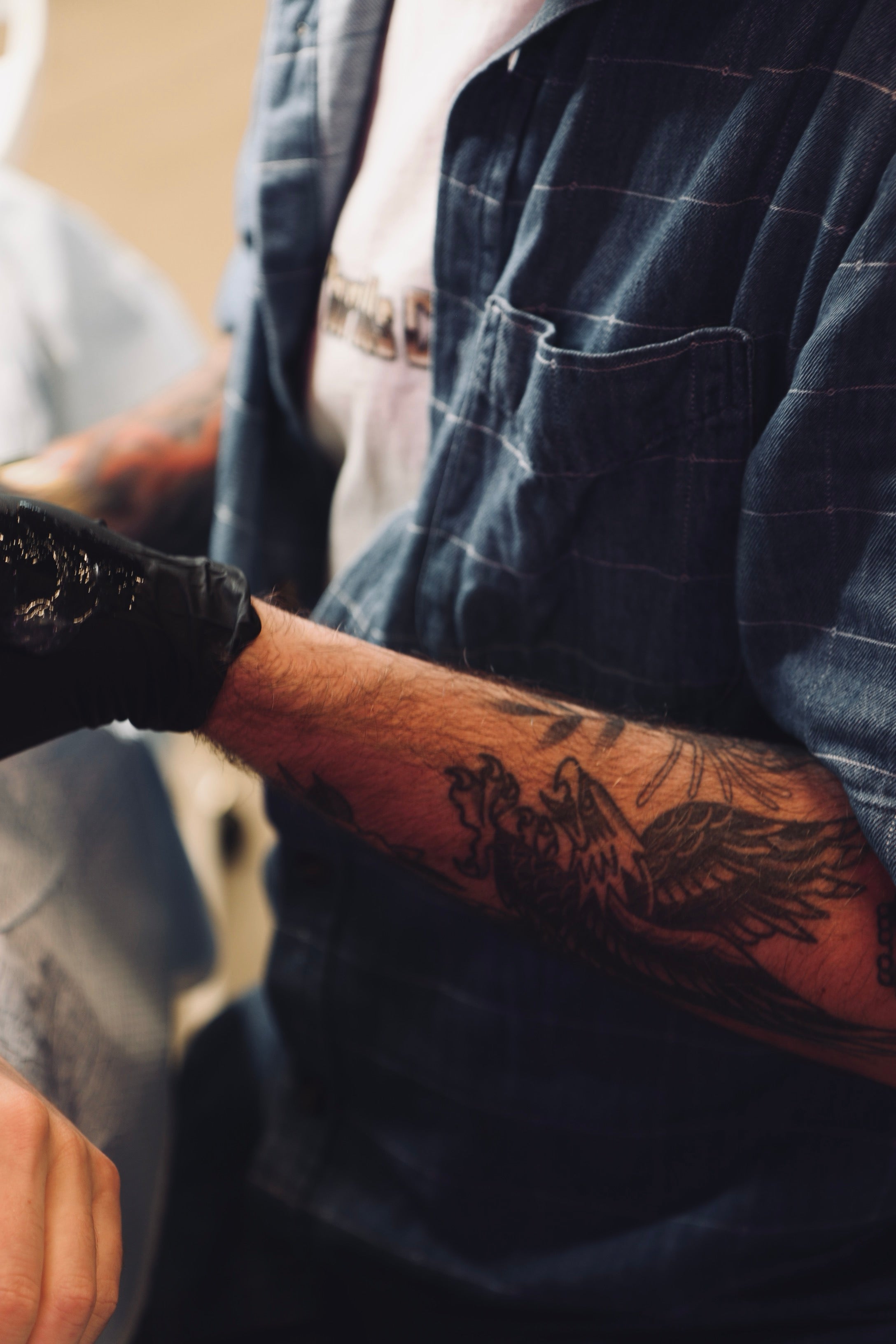Article: Where Did the Watch Cap Come From: A Brief History

Where Did the Watch Cap Come From: A Brief History
In the world of fashion, certain items transcend trends and eras, becoming timeless classics that are beloved by people of all ages. One such item is the watch cap, a simple and versatile headwear piece that has found its way into the hearts and wardrobes of many. But have you ever wondered where the watch cap came from and how it became a staple in fashion? Join us as we explore the origins and evolution of the beloved watch cap.

The Origins of the Watch Cap
The watch cap, also known as a knit cap or beanie, has a humble origin rooted in functionality and practicality. Its history can be traced back to the early 20th century when sailors, fishermen, and laborers needed a durable and warm head covering to protect themselves from the harsh elements.
Sailors, in particular, played a significant role in popularizing the watch cap. These hardworking individuals faced cold winds and rough seas, necessitating a hat that could stay put even in the most challenging conditions. The watch cap's design, featuring a snug fit that covers the ears and forehead, ensured that it could withstand gusts of wind and keep the wearer warm.
The Military Connection
During World War I and World War II, the watch cap gained further prominence as it was adopted by military personnel. Soldiers, especially those in colder climates, embraced the practicality and warmth offered by the cap. The watch cap's tight-knit construction helped retain heat and keep soldiers comfortable during long hours of duty.
Beyond its functional aspects, the watch cap began to take on symbolic significance as well. It became a part of military uniforms, signifying camaraderie, unity, and a shared sense of purpose among troops. This symbolism extended beyond the battlefield, influencing civilian fashion trends and cementing the watch cap's place as a style staple.
The Pop Culture Influence
In the post-war years, the watch cap transitioned from a utilitarian item to a fashion statement. Hollywood movies and television shows played a role in popularizing the watch cap among civilians. Iconic figures like James Dean and Marlon Brando sported this headwear in their roles, contributing to the cap's cool and rebellious image.
As the counterculture movement of the 1960s and 1970s gained momentum, the watch cap became a symbol of nonconformity and anti-establishment attitudes. Musicians, artists, and activists embraced the cap as an accessory that spoke to their individuality and resistance against mainstream norms.
Modern Adaptations
In recent decades, the watch cap has continued to evolve while maintaining its core characteristics. Designers have experimented with various materials, colors, and patterns, making the cap a versatile accessory that suits a range of personal styles. From chunky knits to sleek and minimalist designs, the watch cap has proven its adaptability to changing fashion trends.
The watch cap's enduring appeal lies in its fusion of practicality and style. It bridges the gap between function and fashion, providing warmth while allowing wearers to express their personality. Whether worn with a casual outfit or used to add a touch of nostalgia to contemporary ensembles, the watch cap remains a go-to accessory for individuals of all ages.

The Merino Wool Watch Cap Difference
Merino wool, derived from the Merino sheep breed, is renowned for its exceptional quality and performance. Unlike traditional wool, merino wool is finer, softer, and more lightweight, making it a favorite among those seeking warmth without the bulk. The unique properties of merino wool make it an ideal choice for crafting comfortable and effective winter accessories.
One of the most impressive qualities of merino wool is its natural temperature-regulating ability. The fibers can trap heat to keep you warm in cold conditions, while also wicking moisture away from your skin to prevent overheating. This means that a merino wool watch cap can keep you cozy without causing discomfort or excessive sweating.
Conclusion
From its origins as a utilitarian headwear piece for sailors to its role in military uniforms and its subsequent adoption by counterculture icons, the watch cap's journey through history is a testament to its resilience and timeless appeal. Its ability to transcend generations and adapt to changing styles underscores its status as a true fashion classic. So, the next time you don a watch cap to brave the cold or make a style statement, remember the rich history that this unassuming accessory carries with it.




Leave a comment
This site is protected by hCaptcha and the hCaptcha Privacy Policy and Terms of Service apply.